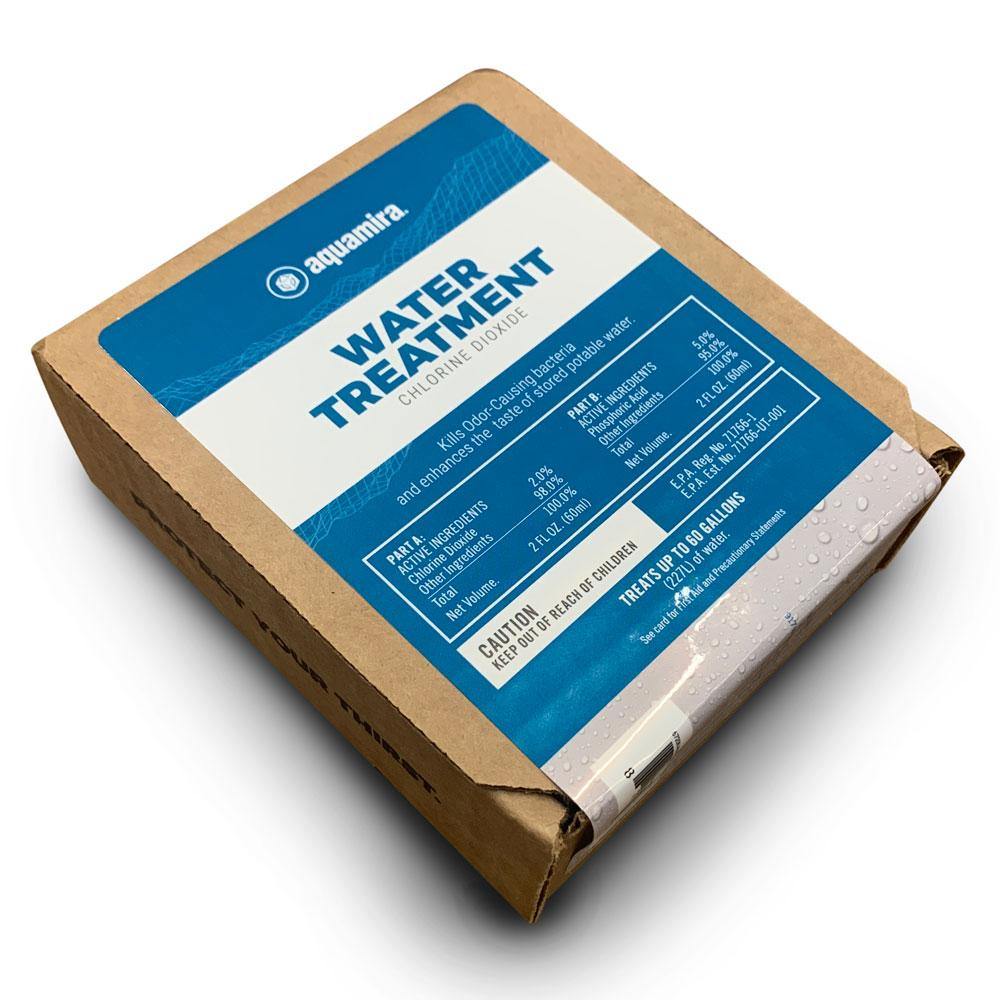Why Fill a Bathtub with Water During a Power Outage: Preparation and Storage Strategies

Keep the Taps Flowing When the Power Stops: Your First Water Move
This opening scenario hits hard: when lights blink off, your well pump or city booster station often quits too, turning kitchen sinks silent within minutes.
That context exposes a basic issue and pain point—you suddenly lack water for hygiene and hydration.
A standard bathtub offers roughly 80 gallons of immediate reserve, yet the simple habit of filling it at the beginning of an outage still slips many minds.
Grabbing that opportunity builds a practical foundation for safe sanitation and cooking.
In the next few minutes you’ll get an overview of smart preparation steps, safe storage methods, and timing tricks that keep this emergency reserve usable.
The guidance addresses the exact challenge you face when every faucet goes dry.
What You'll Learn about Why fill a bathtub with water during a power outage?
- How outages halt municipal and well pumps
- Bathtub capacity and realistic daily limits
- Bleach ratios that block bacterial growth
- Ration plans for drinking and sanitation
- Signals to discard or re-treat stored water
Quick Summary
Filling your bathtub when a power outage is imminent gives you an instant reservoir for drinking, cooking, hygiene, and sanitation.
This guide covers how outages impact water access, safe storage, key disinfection steps, rationing plans, and when to refresh or treat stored water.
Stay prepared by acting early and using proven methods to keep your family safe and comfortable.
Learn more about the productBest Education Topics for Filling a Bathtub During a Power Outage
- Daily Water Demand Analysis—how many gallons you truly need
- Gravity Flush Method—turn stored water into working toilets
- Simple Disinfection Ratios—keep stored water usable longer
- Mitigation of Wastewater Risks—protect your health when systems fail
- Integrating Water Storage with Overall Outage Prep
Understanding Daily Water Needs for Outages
You often hear that a gallon a day covers drinking needs. That figure leaves out hygiene, light dish rinsing, and any hand-washed clothing.
When you add those factors, your realistic demand rises to roughly three gallons per person. Running the numbers before a storm provides context and eliminates misconceptions about how fast stored water disappears.
A standard 80-gallon tub can support a family of four for about six days if everyone follows the plan.
- Gives you a clear background for setting daily limits
- Lets you assign water by task—drink, wash, flush—instead of guessing
- Offers a measurable buffer until municipal pressure returns

Gravity-Flush Toilets: Making Stored Water Work
When power drops, city booster pumps and well systems shut off, leaving toilet tanks empty.
You can recreate the siphon by pouring one to two gallons from your tub straight into the bowl, letting waste clear without using internal plumbing. This approach gives you a working bathroom even while the grid is down.
Keeping bathtub water dedicated to sanitation preserves bottled or filtered supplies for hydration and food prep.
That simple separation reduces stress and keeps priorities straight.
- Uses lower-quality water safely because it never contacts food
- Controls odor and bacterial growth indoors
- Maintains a sense of normalcy when everything else feels uncertain
"Storing water before a power outage is one of the single best actions you can take for your family’s safety and peace of mind. It ensures you have clean, accessible water not just for hydration but for hygiene and toilet flushing—essentials that quickly become critical when the taps go dry."
Simple Disinfection for Safe Storage
Warm standing water invites bacteria. Public-health guidance calls for eight drops of unscented 6% household bleach per gallon, mixed well and left for 30 minutes.
Understanding that ratio gives you an immediate, low-cost safeguard when commercial treatments run out. If water looks cloudy, double the dose—a detail many overlook.
- Preserves taste and clarity for short-term drinking
- Relies on supplies already in most kitchens
- Extends safe use up to 72 hours, cutting waste
Applying the correct mix replaces guesswork with solid analysis and keeps your reserve from turning into a liability.
Addressing Wastewater Risks During Outages
During extended outages, wastewater plants sometimes release untreated effluent, raising background contamination.
By filling a tub before pressure drops, you avoid drawing water that may carry those hazards. A tight cover—or a commercial-grade liner—adds another layer of protection.
- Shields you from sudden boil-water advisories
- Supports cleaning for life-support devices without unknown microbes
- Reduces dependence on crowded public distribution points
How Water Storage Fits Into Power-Outage Prep
Your water plan works best alongside charged phones, frozen bottles to keep food cold, and a full gas tank—pumps need electricity too.
Treat the bathtub step as a timed trigger: when alerts predict likely outages, start filling while pressure remains steady.
If you rely on refrigerated medication, talk with your pharmacist ahead of time about safe temperature ranges and cooling packs.
- Creates a checklist mindset that lowers uncertainty
- Pairs seamlessly with backup power plans for medical devices
- Turns one fast action into a foundation for broader readiness
All of these strategies give you confidence and build a complete picture of why filling a tub in advance delivers real security during any grid-down episode.
Secure Water Fast When the Lights Go Out
Sudden loss of electricity can cut faucet flow within minutes. You still need water for hydration, cooking, basic hygiene, and flushing.

We recommend the WaterBOB bathtub liner paired with Aquamira chlorine-dioxide drops. This strategy seals off contaminants, avoids evaporation, and creates an 80-gallon reserve without bulky drums.
The approach fits neatly into your broader outage checklist—charging electronics, topping off fuel, and arranging ice packs for medication that must stay cool.
This singular step gives you a reliable solution when water pressure disappears.
Fill–Treat–Stay Healthy: Step-by-Step Implementation
- At the first outage alert, position the WaterBOB inside a clean tub and start filling while pressure is stable.
- Once full, cinch the liner closed, slide the included cap over the hose, and keep the surface covered to block airborne dust.
- Add Aquamira treatment—five drops Part A and five drops Part B per quart—stir gently, then wait 30 minutes for complete disinfection.
- Label two containers: “flush-only” and “food/drink.” Dip with a dedicated cup, rotate any unused supply every 72 hours, and note refill times on painter’s tape for quick reference.
Aquamira Chlorine Dioxide Water Treatment: Dependable Sanitation Solution

Aquamira Chlorine Dioxide Water Treatment
A trusted water purification option for emergencies, treating up to 60 gallons. Enhances taste, eliminates bacteria, and keeps water safe for long-term storage—no aftertaste, easy to use, and highly effective.
Key Payoffs of the WaterBOB + Aquamira Strategy
- Maintains a palatable taste by neutralizing odor-causing microbes, giving you a safe remedy for drinking and meal prep.
- Compact bottles treat up to 60 gallons, so one kit covers the tub plus spare jugs without extra gear.
- Durable, BPA-free liner forms a sealed barrier—an answer that protects water for life-support devices, wound cleaning, and daily hygiene.
This process delivers a dependable option: capture clean water early, protect it with the WaterBOB, and apply proven treatment.
You maintain control over sanitation and peace of mind until municipal service returns.
Conclusion
Quick recap: grabbing tub water before pressure drops gives you built-in reserves for drinking, cooking, washing hands, and even flushing.
This keeps bottled supplies available for devices and chilled medication. Treating that stash with Aquamira and sealing it inside the WaterBOB keeps every drop clean and accessible until the grid returns.
Choose the liner that fits in a drawer yet delivers up to 80 gallons, and you’ll turn a stressful outage into a manageable pause.
That simple prep also boosts your confidence, because you already know where your next glass of safe water is coming from.
Take Charge of Your Preparedness
Ready to make your family's water safety reliable during an emergency? Take the step now and gain peace of mind. See how it works and get prepared today.
Learn More©copyright 2025
ReadyMaster, all rights reserved.
